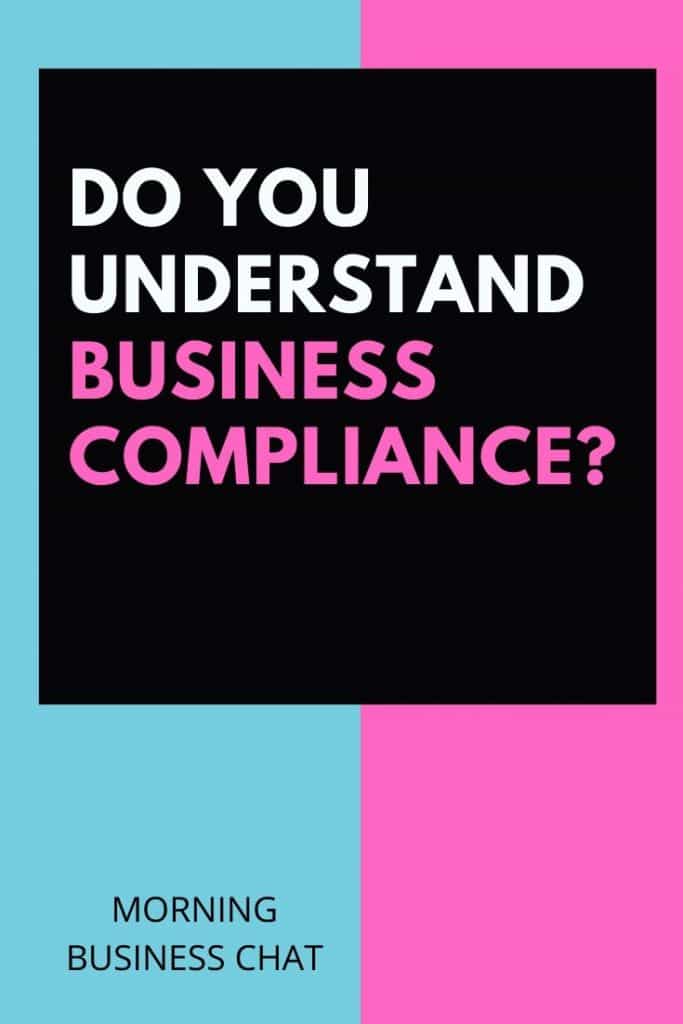Is your business at risk of being fined, or worse, for not being compliant? Compliance risk is a significant threat to any business with the potential for huge losses and legal consequences for any company failing to meet compliance regulations.
Compliance Risk
Compliance risk is a company’s potential for loss due to a failure to comply with laws and regulations required when running a business. This general overview includes, but is not limited to health and safety, environmental risk, social responsibility and product and service quality.
Health and Safety Compliance
You must exercise due diligence to ensure health and safety procedures are being followed in the workplace. Three fundamental rights for employers are the right to participate in health and safety compliance, the right to know all the risk factors involved, and the right to refuse any activity that the individual deems too risky. It’s crucial to be well-versed in health and safety compliance, as the consequences involved for not adhering to this are grave. The responsibility to follow guidelines and provide adequate health and safety training lies with the employer and management.
There is no room for error when it comes to compliance in the machinery industry. Improving line safety in the manufacturing industry will help make sure you stay on top of health and safety compliance and increase productivity. Health and safety also extends to the consumer, which is why your products need to go through emc testing – which tests the electromagnetic field transmission of your products to comply with regulatory standards. This is a requirement for businesses involved in maintaining, producing and distributing machinery. A third party will likely have to conduct this EMC testing.
Social responsibility
Social responsibility in compliance is a responsibility to not harming your workers or the communities in which you operate. To ensure that your company reaches the required levels of social responsibility, it may be necessary to undergo a comprehensive social compliance audit. Social compliance and social responsibility include ethics, the treatment of humans, animals and the environment. Some specific examples include labour rights for workers, concerns with sustainability, and discrimination.
Environmental risk
This goes under the umbrella of social responsibility. As an organisation, you have an obligation to protect the environment you are operating in, limiting the damage to the environment and organisms existing within this environment. Environmental risk management can help determine the existing ecological risks and help assess how best to manage those risks in a way that protects the environment and human health.
Quality
Quality and compliance are two different, but overlapping components of the manufacturing process. Quality is defined as “products and services that deliver intended performance” while compliance is defined as meeting regulatory requirements. In this way, quality compliance is a statutory requirement that prohibits the release of a low-quality product that doesn’t meet the industry requirements or violates laws and regulations.
Compliance isn’t challenging to understand, but many organisations and businesses fall short when it comes to having a comprehensive knowledge of the exact way that compliance affects their business.
- Please note that this post has been written by an outside source – See Disclosure Policy



